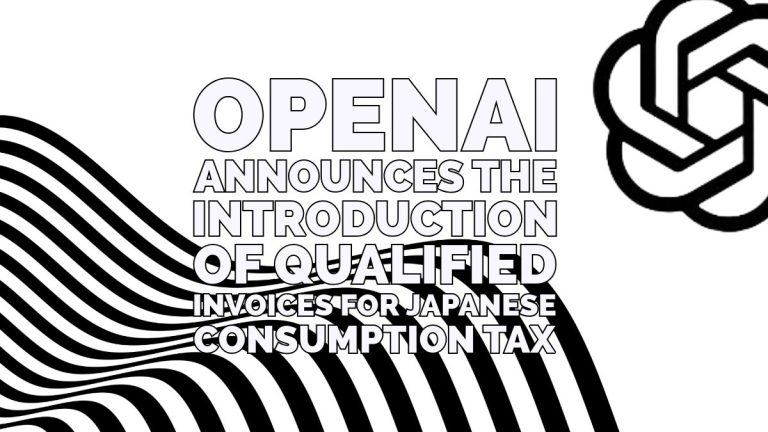Overview – Characteristics of JCT
Japan’s consumption tax (JCT) is a tax on the consumption of goods and services in Japan.
The tax consists of national tax and local tax and are both referred to as consumption tax.
JCT is similar to a value-added tax (VAT) in other countries.
JCT is applied to the final price of goods and services, including any taxes or duties that have already been applied.
One characteristic of JCT is that it is applied at a flat rate across a wide range of goods and services.
This means that the tax is applied at the same rate to all goods and services, regardless of their price or the type of business that provides them.
Overview – Tax Rate
JCT in Japan is currently set at 10% for most goods and services.
There are some exceptions for certain items such as food and newspapers, which are taxed at a lower rate of 8%.
JCT was increased from 8% to 10% in two stages.
The first increase took place on October 1, 2019, when the tax rate was raised to 10% for most goods and services.
The second increase was originally scheduled to take place on October 1, 2021.
However, it was postponed due to the economic impact of the COVID-19 pandemic.
JCT is a relatively new tax in Japan, first implemented at 3% in 1989.
We’ll go over the history of consecutive rate hikes in a different section.
Overview – Collection and Payment of JCT
The consumption tax is collected by businesses when they sell goods and services to consumers.
In general, businesses are required to file consumption tax returns and to pay the tax to the government.
There are several exceptions to this rule, exempting certain transactions from the tax and certain businesses from having to submit consumption tax returns.
The scope of JCT will be covered in more detail in following sections.
Overview – Issues and Controversy with JCT
One issue that is cited concerning JCT is that it is a regressive tax, meaning that it takes up a larger proportion of income for low-income individuals compared to high-income individuals.
This can make the consumption tax burdensome for lower-income households, discouraging consumption.
Summary
In this post, we covered the basics of JCT.
We’ll be diving into the nook and cranny of JCT in future articles.
In the meantime, reach out to us if you need assistance with your JCT challenges!











